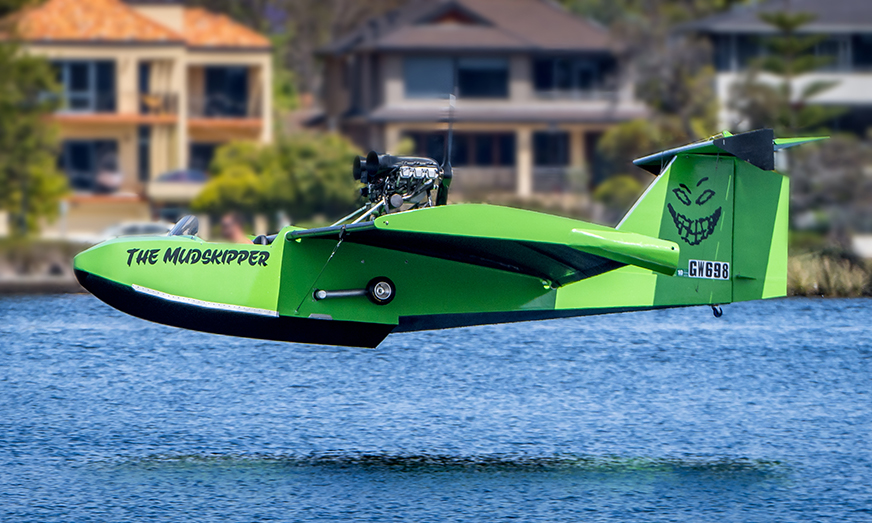A wing-in-ground effect vessel (WIG) uses a cushion of air pressure generated between the craft and the surface of the water to enable the craft to fly slightly above the water over certain distances.
The Department of Transport and Major Infrastructure (DTMI) has determined that a WIG is a vessel and is required to comply with rules and requirements applicable to vessels under the Western Australian Marine Act 1982 and the collision rules applicable to a power-driven vessel. This includes rules of the Prevention of Collisions at Sea Regulations 1983 specifically pertaining to WIG craft.
WIGs are prohibited from operating in ground-effect mode (when airborne) in all “protected waters” within the state, without approval from DTMI. DTMI has conditionally approved vessel GW698 to operate within the Swan Canning Riverpark.
Anyone who wishes to operate a WIG in WA waters should contact DTMI via email: navigational.safety@transport.wa.gov.au
